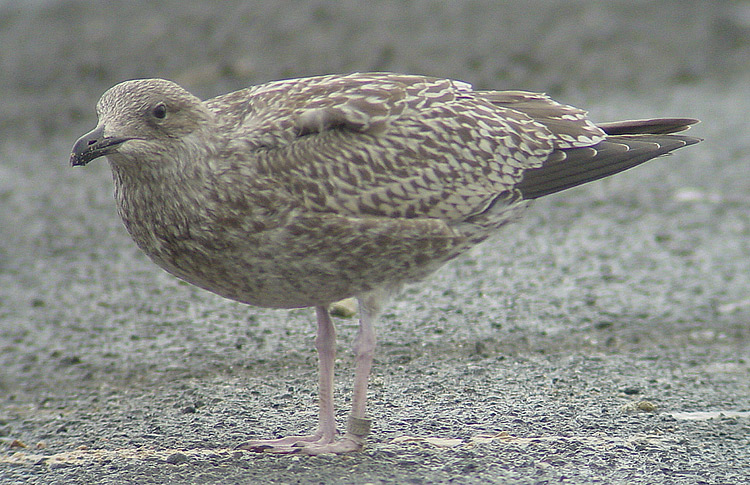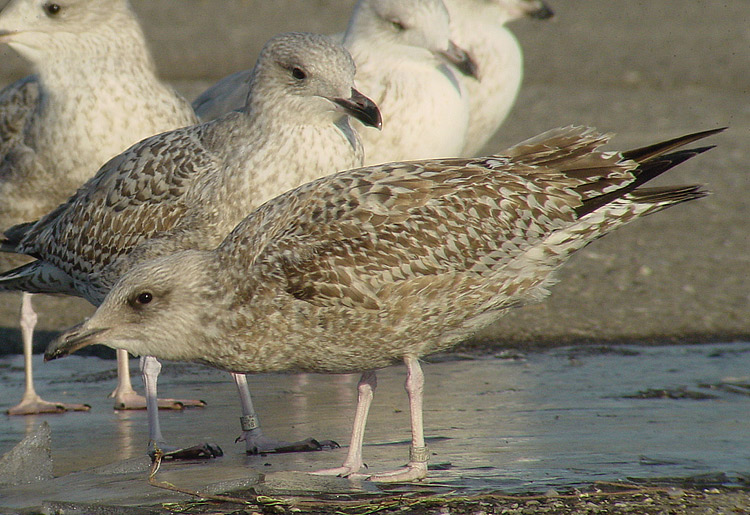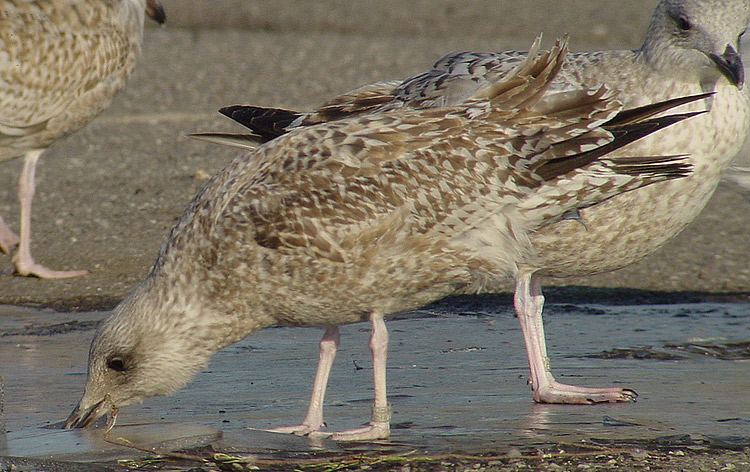 Herring Gull- Zilvermeeuw (argentatus & argenteus)
Herring Gull- Zilvermeeuw (argentatus & argenteus)
(last update:
Herring Gull plumages:
hg 1cy July
hg 1cy August
hg 1cy September
hg 1cy October
hg 1cy November
hg 1cy December
hg 2cy January
hg 2cy February
hg 2cy March
hg 2cy April
hg 2cy May
hg 2cy June
hg 2cy July
hg 2cy August
hg 2cy September
hg 2cy October
hg 2cy November
hg 2cy December
hg 3cy January
hg 3cy February
hg 3cy March
hg 3cy April
hg 3cy May
hg 3cy June
hg 3cy July
hg 3cy August
hg 3cy September
hg 3cy October
hg 3cy November
hg 3cy December
hg sub-ad January
hg sub-ad February
hg sub-ad March
hg sub-ad April
hg sub-ad May
hg sub-ad June
hg sub-ad July
hg sub-ad August
hg sub-ad September
hg sub-ad October
hg sub-ad November
hg sub-ad December
hg ad January
hg ad February
hg ad March
hg ad April
hg ad May
hg ad June
hg ad July
hg ad August
hg ad September
hg ad October
hg ad November
hg ad December
|
(4 images) Herring Gull H - 117774 (argenteus), October 2001 - February 2003, Boulogne/Mer, France (50.43N-01.37E). Ringed in Belgium as pullus, with metal ring Bruxelles H-117774, ringed as pullus on July 16 2001 at Zeebrugge (51.20N 03.11E). This bird was rediscovered in January 2002, at the same spot. Compare moult pace and wear in the white parts of the feathers. An individual with no scapulars moulted for second generation feathers. image below: H - 117774 1cy, October 01 2001, Boulogne/Mer, France (50.43N-01.37E).
photo above: H - 117774 1cy, October 01 2001, Boulogne/Mer, France (50.43N-01.37E). 2 photo's below: H - 117774, 2cy, January 04 2002, Boulogne/Mer, France (50.43N-01.37E). Again H-117774. In the background, another Belgian ringed 2cy argenteus. Compare moult pace and wear in the feathers (severe wear in the white notches of the wing-coverts and tertials).
image below: H-117774 3cy, February 07 2003, Boulogne/Mer, France (50.43N-01.37E). A typical 3cy argenteus ringed in Belgium: Bruxelles H-117774. The blackish-brown second generation primaries lack a mirror on P10. The second generation tail has a broad dark tail-band.
image below: H-1177743cy, March 15-16 2003, Boulogne/Mer, France (50.42N,1.34E). A typical argenteus, with most scapulars plain adult-like grey, contrasting with the barred lesser coverts and almost creating a saddle effect. The bill is typical for 3cy birds in March, pinkish base and a broad bill-band. 3cy argenteus has a partial moult in spring. It starts in January and is completed by April, leaving birds in so-called "second summer" plumage. The head turns white, especially on throat, breast and belly. By April, the scapulars and mantle will show many adult-like grey feathers, often creating a contrasting "grey saddle", as most of the wing-coverts (especially the lesser coverts) are still barred. The old second generation wing-coverts start to fade and the fringes wear off.
|




